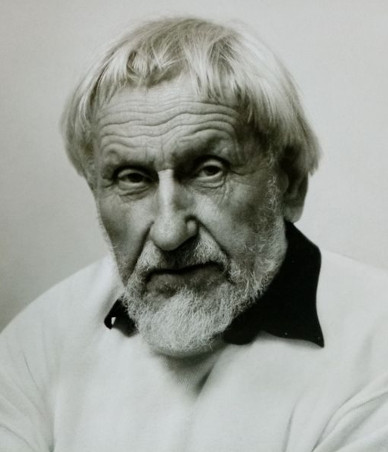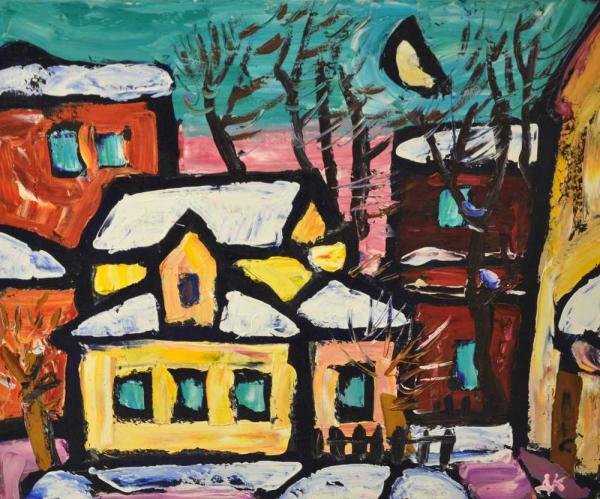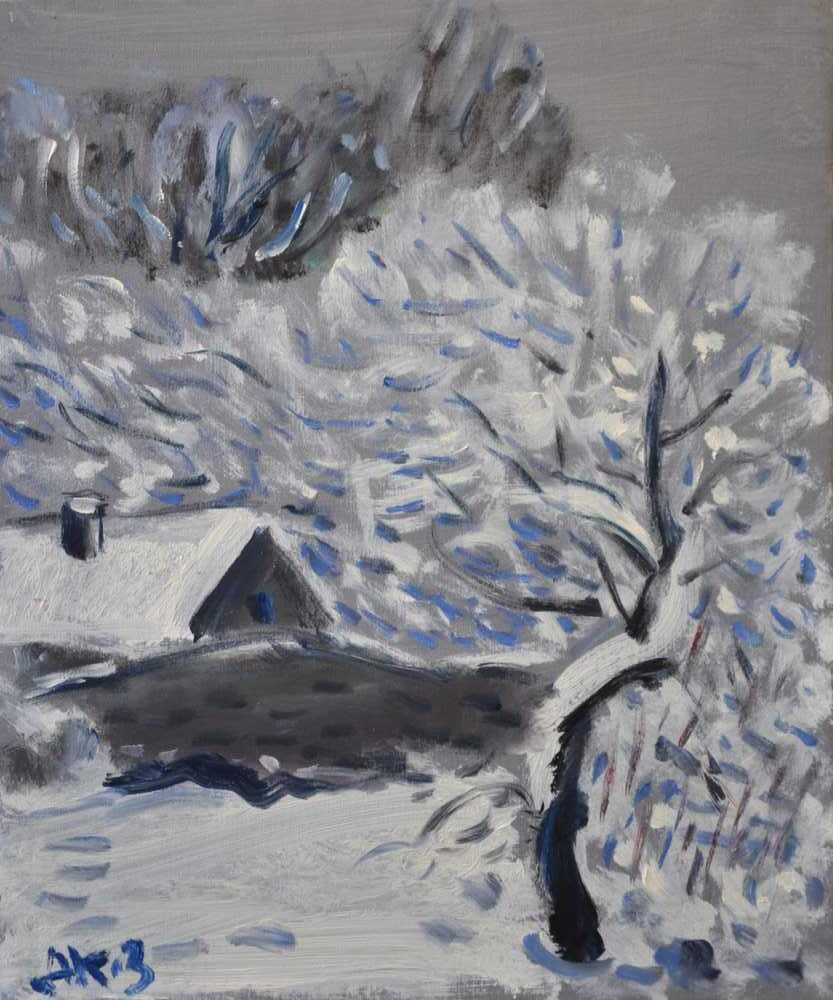Nikolai Egorovich Dronnikov
Russian artist, sculptor, and publisher of original books
Biography
Nikolai Egorovich Dronnikov (August 2, 1930, Tula Region — January 26, 2025, Ivry-sur-Seine) was an artist whose work blended two worlds: the spiritual depth of Russia and the cultural freedom of Western Europe.
After graduating from the Moscow Art School of 1905 in 1957 and the Surikov Institute in 1963, Dronnikov became a master striving for the holistic image of a Renaissance artist. His mentors were connected to the great names of the early 20th century — Larionov, Shukhaev, Yakovlev.
In 1972, he left the USSR and settled in Paris, where he lived for more than half a century. There he not only painted, but also created books and became a recognized chronicler of the Russian emigration. He passed away at the age of 94, leaving behind a legacy whose significance only continues to grow with time.

Artistic Career
Dronnikov called himself a hermit. He did not seek membership in unions, preferring the path of a free artist. Inspired by Renaissance imagery, he worked in painting, sculpture, graphics, and created original books. His work is a synthesis of spirit, image, and time.
Among his most notable works are landscapes of Moscow, Paris, and Italy, but a special place belongs to his portrait gallery of contemporaries: Solzhenitsyn, Brodsky, Aigi, Vysotsky, Galich, Tarkovsky, Odoyevtseva, and many others. He didn’t just depict faces — he recreated the atmosphere of the era, the soul of the individual.
Leon Robel, a French poet, once said: “Dronnikov is the most Russian of French and the most French of Russian artists. This gives his work a unique quality that both of his homelands may one day recognize and claim as their own.”
Publishing Work
Since the early 1980s, Nikolai Dronnikov began publishing his own original books — miniature masterpieces, printed by hand. Among them are collections such as “Statistics of Russia,” poems by Goncharova and Larionov, albums with portraits of Brodsky, Rostropovich, Aigi, Lifar. Each book was created as an art object.
He didn’t just illustrate texts — he engaged in a dialogue with poets. A series of books dedicated to Gennady Aigi became a vivid expression of spiritual friendship. Later he published “Requiem for Aigi,” combining word, memory, and image.
His books are a unique example of how an artist can also become a writer and chronicler of his time, creating a visual-poetic encyclopedia of Russian culture.
Artworks

Bolshoy Karetny Lane — canvas, oil, 1975

Winter in My Garden — canvas, oil, 2003
